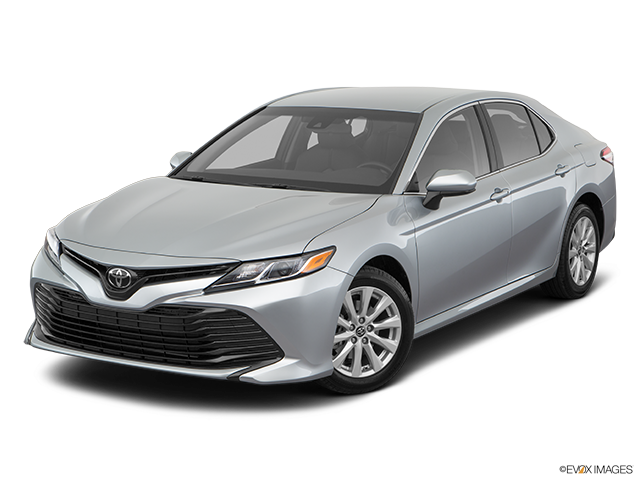
An engine cradle is a structural component of a unibody vehicle that supports the engine, transmission, and suspension components. Also known as a “subframe”, the engine cradle is made of a much thicker metal than the rest of the vehicle, which makes it suitable to hold these heavy components in place and handle all of the torque associated with them.
Years ago, nearly all vehicles featured heavy steel frames that ran from front to back along the underside. Such frames held the engine, transmission, steering system, suspension, exhaust, and other parts. The vehicle body was mounted on top of the frame. Most trucks, some large SUVs, and a few full-sized cars still utilize this arrangement today.
Beginning in the late 1970’s, another type of body structure became popular, driven significantly by fuel shortages and the need to produce lighter-weight vehicles. Instead of the heavy body-on-frame design, these vehicles featured comprehensive bodies made of much thinner sheet metal panels welded together. No heavy-duty frame underneath. Most passenger vehicles today are unibody construction.
The engine cradle is the only component of a unibody vehicle that resembles a frame (with the exception of a rear suspension crossmember). Because the engine cradle is thicker and stronger than the rest of the body structure, it is able to handle the torque from the engine, transmission, and front suspension, all of which is bolted to the cradle. Typically made of steel or aluminum, the cradle is bolted to the lower part of the vehicle’s underbody structure through rubber isolators that help to dampen vibrations from the drivetrain.
An engine cradle, being extremely sturdy, does not usually need to be replaced unless it is damaged as a result of an impact or from corrosion. Generally speaking, there is no typical problem with an engine cradle. Instead, bent or deteriorated parts of the cradle can affect the components mounted to it. For instance, if a lower control mount becomes bent, the vehicle’s wheel alignment can be thrown off.
Signs that the engine cradle in your vehicle might need to be replaced include:




The procedures associated with removing and replacing an engine cradle can be extensive. That is because the cradle holds the engine, the transmission, and the front suspension in place. If the cradle were simply removed, all of those components would fall to the ground. The process also differs from one vehicle make and model to the next. And it can be different depending on the size and orientation of the engine and transmission.
In general, steps that a technician will take to replace an engine cradle include the following:
This is demo Question
This is demo Answer
Related Parts